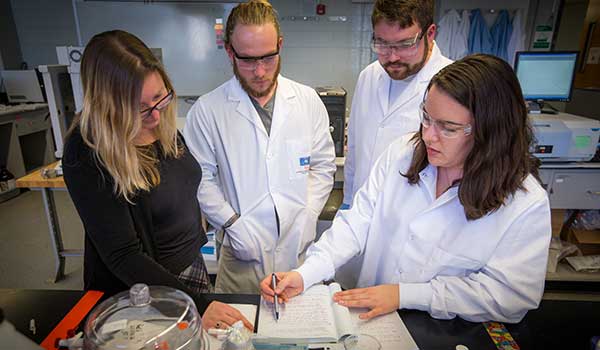PFAS
PFAS— per- and polyfluoroalkyl substances—are among the most pervasive environmental chemical contaminants known. They are extremely resistant to environmental degradation and they are ubiquitous in humans and the environment and will remain so for the foreseeable future. PFAS have been produced for over 60 years, but it is only in the last 20 years or so that their risk to human health has moved from suspect to recognized. High exposure can lead to various adverse human health effects including altered metabolic functions, liver toxicity, and obesity.
Recent studies estimate greater than 47,000 tons of PFAS have been released from consumer products into the environment over the past six decades. A large fraction of these releases remain concentrated at or around contaminated sites.
People are exposed to PFAS in one of two ways. First, PFAS enter the environment at manufacturing or industrial sites and find their way to human consumption through drinking water or the food web. Some PFAS with long carbon chain lengths—containing more than six carbons, such as PFOS and PFOA—bioaccumulate in food webs, providing an important vector for human exposure when contaminated food is consumed. Recently, some shorter chain alternatives have also been detected. Secondly, people can be exposed through direct use of consumer products that have been treated with PFAS chemicals, such as water-resistant clothing or takeout food containers.
Overall risks to human health associated with PFAS exposures near contaminated sites depend on their propensity for transport away from contaminated sites, lifetime in the environment, and the background levels of exposure from other sources such as consumer packaging, clothing, and industrial textiles. Diverse human exposure pathways can make exposure source identification difficult; this is being directly addressed by STEEP’s research through the fingerprinting of PFAS signatures in drinking water and fish.





